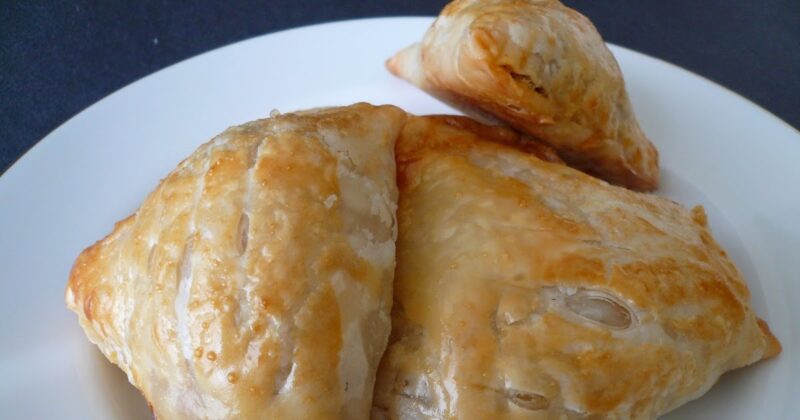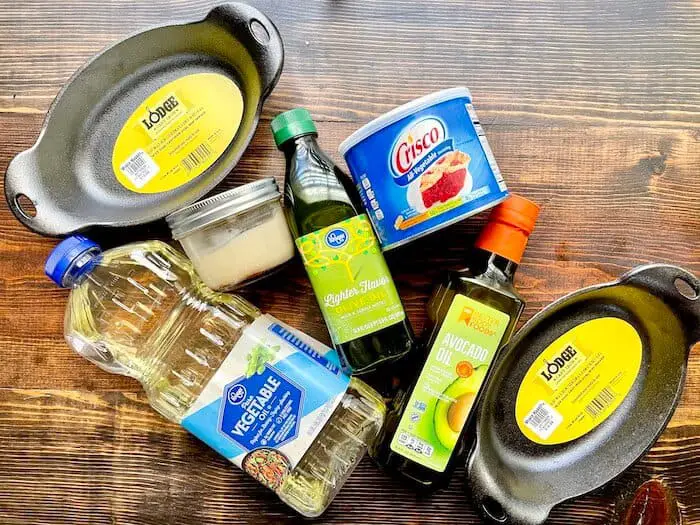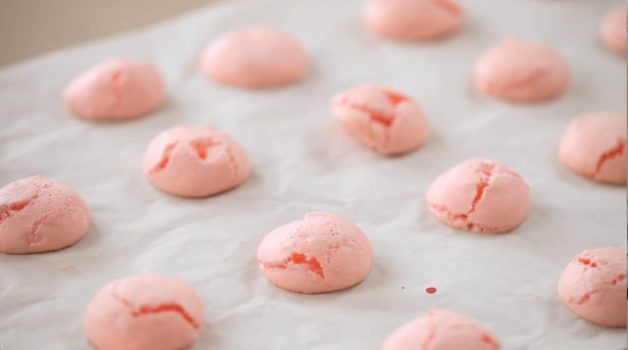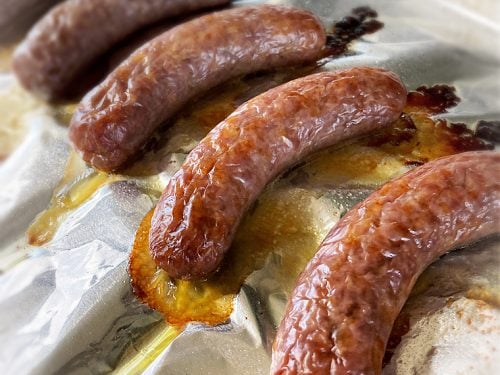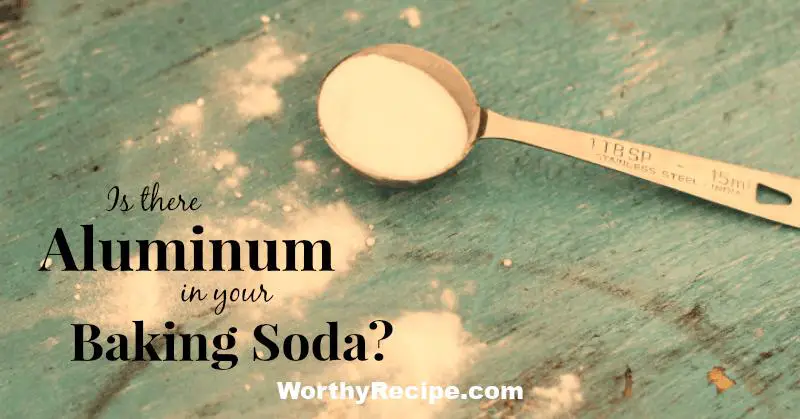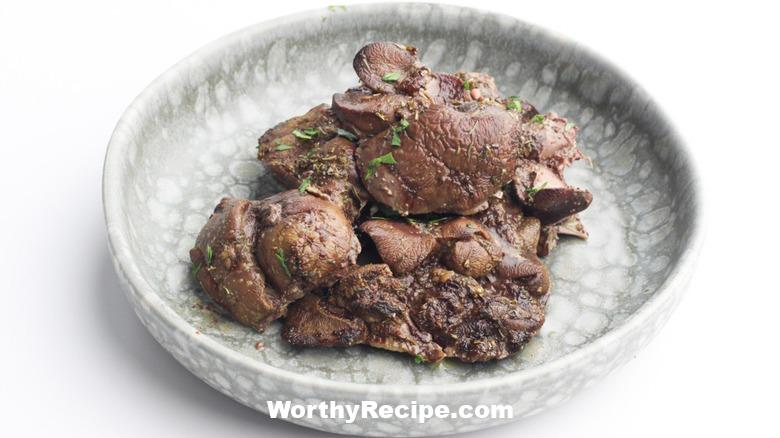Frozen parathas have become a popular and convenient option for those who crave the authentic Indian flavor without having to go through the lengthy process of making the dough from scratch. As the name suggests, frozen parathas are pre-cooked and then frozen, making them an ideal solution for busy individuals who don’t have the time to make fresh parathas every day. Although many people prefer to cook frozen parathas on the stovetop, using an oven can also be a great way to achieve perfectly cooked parathas quickly and efficiently. In this article, we’ll explore what happens when you cook frozen paratha in the oven and share some tips for achieving perfect results every time.
## The Science Behind Cooking Paratha in the Oven
When you cook frozen paratha in the oven, you’re essentially heating up a pre-cooked dough that has been frozen and defrosted. The key to cooking frozen food correctly is understanding how heat interacts with it. When you expose frozen food to heat, the outer layer starts to thaw and becomes more pliable, allowing the heat to penetrate deeper into the food. This penetration allows for a uniform cooking process that ensures that all parts of the food are cooked equally.
Understanding how your oven interacts with frozen paratha is crucial if you want to achieve perfect results every time. Different ovens have different heating elements; some are conventional heating systems while others have fans that circulate hot air inside the oven. The convection ovens are best for cooking frozen foods since they distribute heat evenly across all sides of the food, ensuring consistent results.
## Steps to Cook Frozen Paratha in the Oven
Cooking frozen paratha in the oven may seem like an intimidating process, but it’s actually quite simple once you get used to it. Here are some steps that will help you achieve perfectly cooked parathas every time:
### Preheating the Oven Appropriately
Preheating the oven to the right temperature is crucial when cooking frozen paratha. This step ensures that the parathas cook evenly throughout and don’t become soggy or dry. Set your oven to 350°F (175°C) and let it preheat for at least 10 minutes before you start cooking.
### Preparing the Frozen Paratha Before Cooking
Once the oven is preheated, take the frozen parathas out of the freezer and let them defrost for a few minutes. As they begin to defrost, separate each paratha carefully using a knife or spatula to avoid sticking. Once defrosted, sprinkle a little flour on each side of the paratha to prevent them from sticking to each other or the pan.
### Cooking Instructions for Perfect Results
1. Place each paratha on a baking sheet lined with parchment paper.
2. Put another piece of parchment paper on top of each paratha and press down gently with your palm to flatten them slightly.
3. Remove the top layer of parchment paper and place the baking sheet in preheated oven.
4. Bake the parathas for about 6-8 minutes, then remove them from the oven and flip them over using tongs or a spatula.
5. Put them back inside the oven and bake for an additional 6-8 minutes, until both sides are evenly browned.
6. Finally, take them out of the oven and allow them to cool for a few minutes before serving.
## Advantages of Cooking Frozen Paratha in The Oven Over Other Methods
Cooking frozen paratha in the oven offers several advantages over other methods like stovetop or microwave cooking:
1. Using an oven ensures even cooking throughout the dough, avoiding any raw spots that may be left while microwaving.
2. Oven cooking has more precise temperature control compared to stovetop methods, which can result in overcooking or undercooking the parathas.
3. Cooking paratha in the oven doesn’t require any oil or butter, which is common when cooking on a stovetop.
## Tips for Getting Perfect Results While Cooking Frozen Paratha in the Oven
Here are some tips and tricks to help you achieve perfectly cooked parathas every time when using an oven:
### Dos and Don’ts of Cooking with Frozen Paratha
– Do ensure that the oven is preheated to the correct temperature before cooking.
– Don’t overcrowd the baking sheet with too many parathas; this will prevent them from cooking evenly
– Do not overcook the parathas as they may become hard and dry.
– Do not use sharp objects like knives to separate the frozen paratha as it may damage them.
### Troubleshooting Common Problems That Arise While Cooking Frozen Paratha
– If the parathas become too crispy or burnt, reduce heat by 10 degrees and bake for a shorter time.
– If the parathas remain undercooked in some spots, flip them over and bake for another 5 minutes until browned.
– If your oven has hotspots that cause uneven cooking, rotate the baking sheet halfway through each cooking cycle to ensure even results.
## Common Flavors and Variations to Try Using Frozen Parathas in The Oven
Frozen parathas come in different flavors such as plain, onion, garlic, or chili flake. Some of our favorite variations to try using frozen paratha include:
1. Classic plain paratha recipe for beginners. Serve with curries or chutneys for a complete meal.
2. Onion garlic frozen paratha: Mix finely chopped onions, minced garlic with salt and pepper seasons. Add this mixture on top of defrosted plain frozen paratha before baking them in an oven.
## How to Store Frozen Parathas Before and After Cooking Them
It’s crucial to store frozen parathas properly to ensure that they retain their flavor and texture. Here are some tips for storing frozen parathas before and after cooking them:
### Proper Storage Technique Before Cooking
– Store frozen parathas in a ziplock plastic bag or freezer-safe container to prevent freezer burn.
– Always place paper towels between each layer of parathas to avoid sticking.
– Store them in the coldest part of the freezer, usually at the bottom or back.
### Long-Term Storage Options
– If you have prepared too many parathas, wrap them individually in plastic wrap and store them in an airtight container. They will last up to 6 months.
## Healthy Alternatives with Frozen Parathas
Although frozen paratha is convenient, it’s not always the healthiest option due to its high-fat content. Fortunately, there are alternative ways of preparing frozen paratha that are healthier:
1. Air Fryer: Using an air fryer instead of an oven ensures that you have minimal usage of oil and get a crispy texture on your flatbread.
2. Microwave: If you’re in a hurry, microwaving is an excellent option; however, the end result may not be as crispy compared to if it was cooked using an oven.
## Conclusion
Cooking frozen paratha in the oven is a great way to achieve perfect results every time without having to monitor it closely. With only a few simple steps and minor adjustments, you can enjoy flaky, delicious, and perfectly cooked parathas whenever you want. Be sure to follow our tips for getting perfect results every time and try out some of our favorite flavor variations for unique meal options.
Frequently Asked Questions
Can I cook frozen paratha in the oven?
Yes, you can cook frozen paratha in the oven. Simply preheat the oven at 375 degrees Fahrenheit, place the frozen paratha on a baking sheet, and bake for 10-12 minutes or until golden brown.
Can I microwave frozen paratha?
Yes, you can microwave frozen paratha. However, it may result in a softer texture and less crispy exterior compared to oven-baked parathas. To microwave frozen paratha, wrap it in a damp paper towel and heat for 30-45 seconds on high power.
What are some tips for cooking frozen paratha in the oven?
To ensure evenly cooked and crispy parathas, make sure to spread them out on a baking sheet and avoid overlapping. You can also brush melted butter or oil on top of the parathas before baking for an extra crispy and flavorful crust.
Can I freeze leftover cooked parathas?
Yes, you can freeze leftover cooked parathas. Simply wrap them in plastic wrap or aluminum foil and place them in an airtight container before freezing. To reheat, thaw the parathas in the refrigerator overnight and then warm them up in a toaster or skillet.
